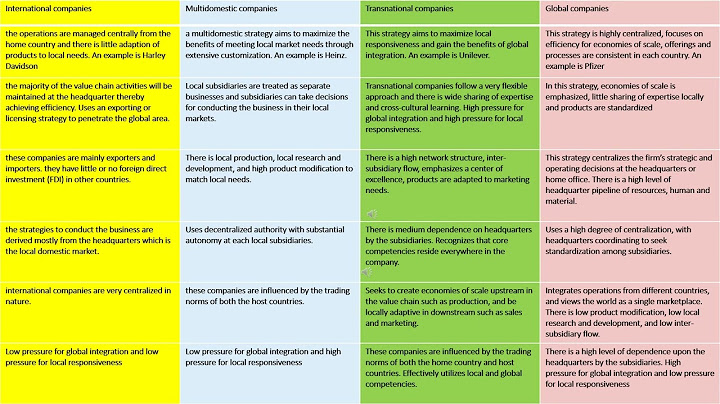a framework for describing the phases involved indeveloping and maintaining information systemsSystems development projects can follow◦Predictive life cycle: the scope of the project can beclearly articulated and the schedule and cost can bepredicted◦Adaptive Software Development (ASD)life cycle:requirements cannot be clearly expressed, projects aremission driven and component based, using time-basedcycles to meet target datesProduct Life CyclesInformation Technology ProjectManagement, Sixth Edition23 Show Copyright 2009SDLC definedInformation Technology ProjectManagement, Sixth Edition24 Copyright 2009Waterfall model: has well-defined, linear stagesof systems development and supportSpiral model: shows that software is developedusing an iterative or spiral approach rather than alinear approachIncremental build model: provides forprogressive development of operational softwarePrototyping model: used for developingprototypes to clarify user requirementsRapid Application Development (RAD) model:used to produce systems quickly withoutsacrificing qualityPredictive Life Cycle ModelsInformation Technology ProjectManagement, Sixth Edition25 Copyright 2009Agile software development has become popularto describe new approaches that focus on closecollaboration between programming teams andbusiness expertsVisitfor informationSee the companion Web site for SuggestedReadingsAgile Software DevelopmentInformation Technology ProjectManagement, Sixth Edition26 Copyright 2009A project should successfully pass through eachof the project phases in order to continue on to thenextManagement reviews, also calledphase exitsorkill points, should occur after each phase toevaluate the project’s progress, likely success,and continued compatibility with organizationalgoalsThe Importance of Project Phases andManagement ReviewsInformation Technology ProjectManagement, Sixth Edition27 Copyright 2009IT projects can be very diverse in terms of size,complexity, products produced, application area,and resource requirementsIT project team members often have diversebackgrounds and skill setsIT projects use diverse technologies that changerapidly; even within one technology area, peoplemust be highly specializedThe Context of IT ProjectsInformation Technology ProjectManagement, Sixth Edition28 Copyright 2009Globalization: lower trade and political barriersand the digital revolution have made it possible tointeract almost instantaneously with billions ofother people across the planetOutsourcing:outsourcingis when anorganization acquires goods and/or sources froman outside source;offshoringis sometimes usedto describe outsourcing from another countryVirtual teams: avirtual teamis a group ofindividuals who work across time and space usingcommunication technologiesRecent Trends Affecting IT ProjectManagementInformation Technology ProjectManagement, Sixth Edition29 Upload your study docs or become a Course Hero member to access this document Upload your study docs or become a Course Hero member to access this document What is a framework in information systems?In computer systems, a framework is often a layered structure indicating what kind of programs can or should be built and how they would interrelate. Some computer system frameworks also include actual programs, specify programming interfaces, or offer programming tools for using the frameworks.
What are the phases of the framework?Framework is the process of getting through the initiation, requirements collection, design, implementation, testing and deployment stages of a project to produce an application or service.
What are the stages of developing an information system?An information system development consists of six important stages, it is system survey, needs analysis, design, implementation, testing, change and maintenance.
What are the concepts frameworks and components of information systems?An information system is essentially made up of five components hardware, software, database, network and people. These five components integrate to perform input, process, output, feedback and control. Hardware consists of input/output device, processor, operating system and media devices.
|

zusammenhängende Posts
Werbung
NEUESTEN NACHRICHTEN
Was passiert wenn ein Elektron aus der Hülle entfernt wird?
1 Jahrs vor . durch DefiniteConflagrationWerbung
Populer
Werbung

Urheberrechte © © 2024 paraquee Inc.

















